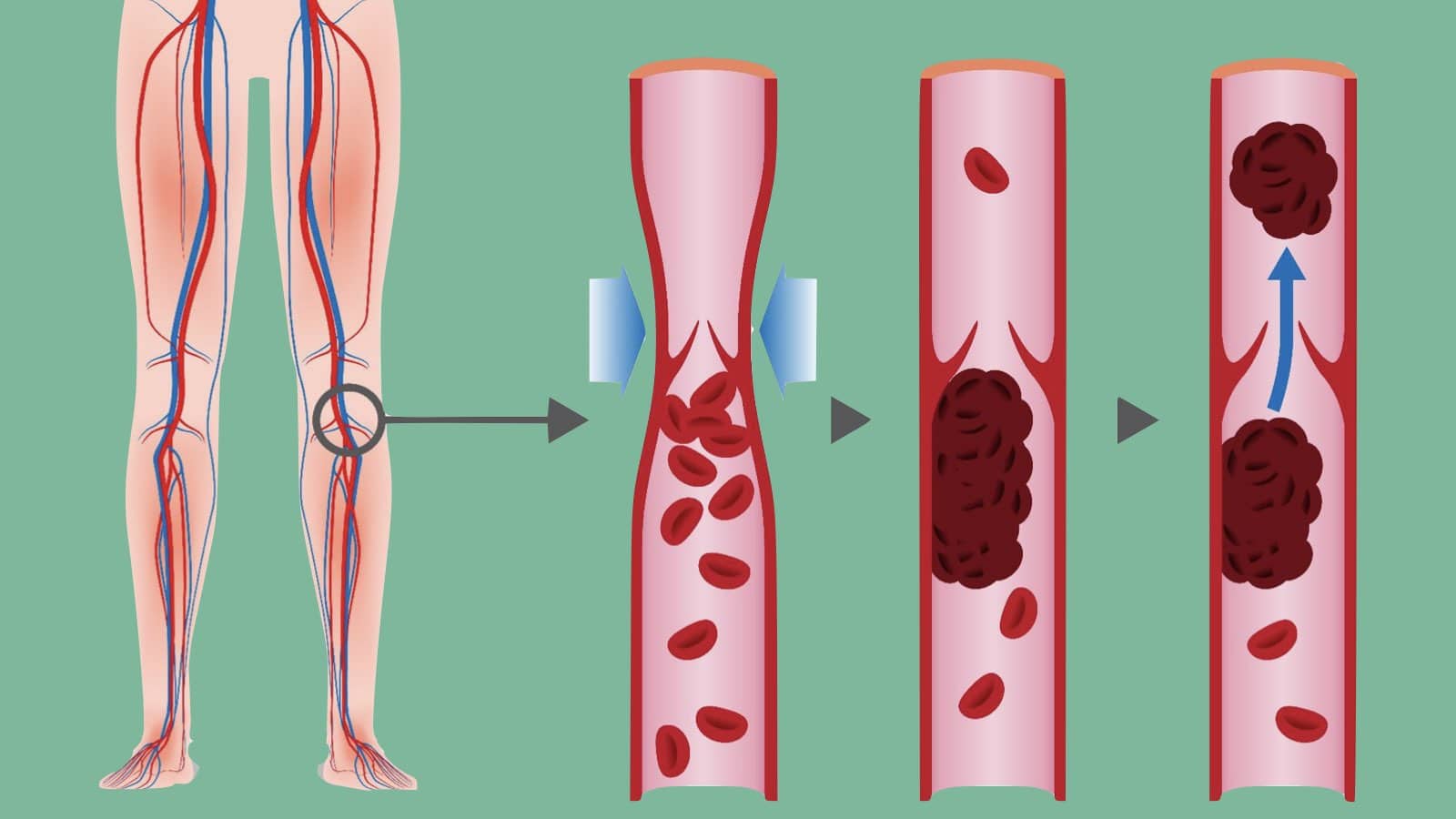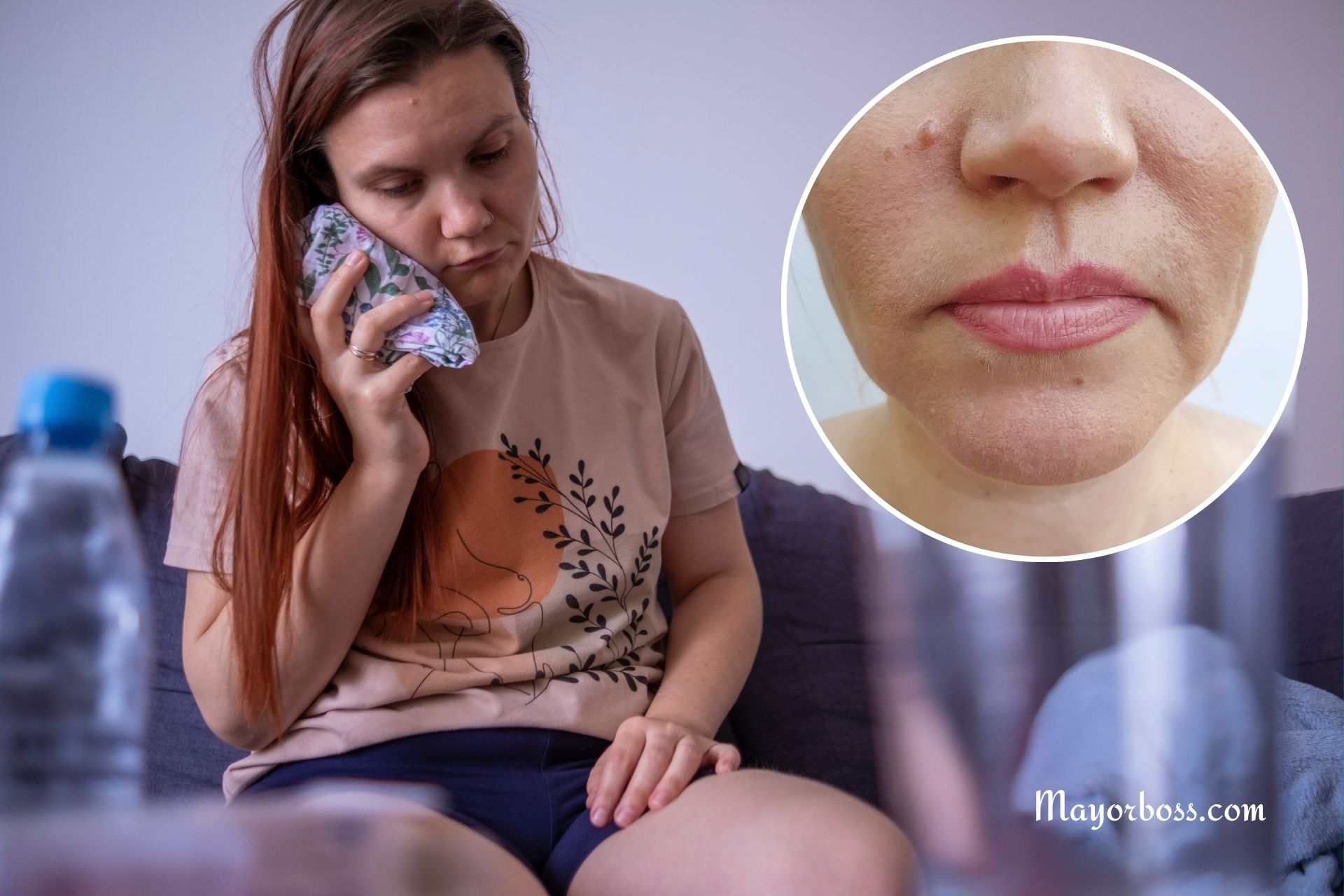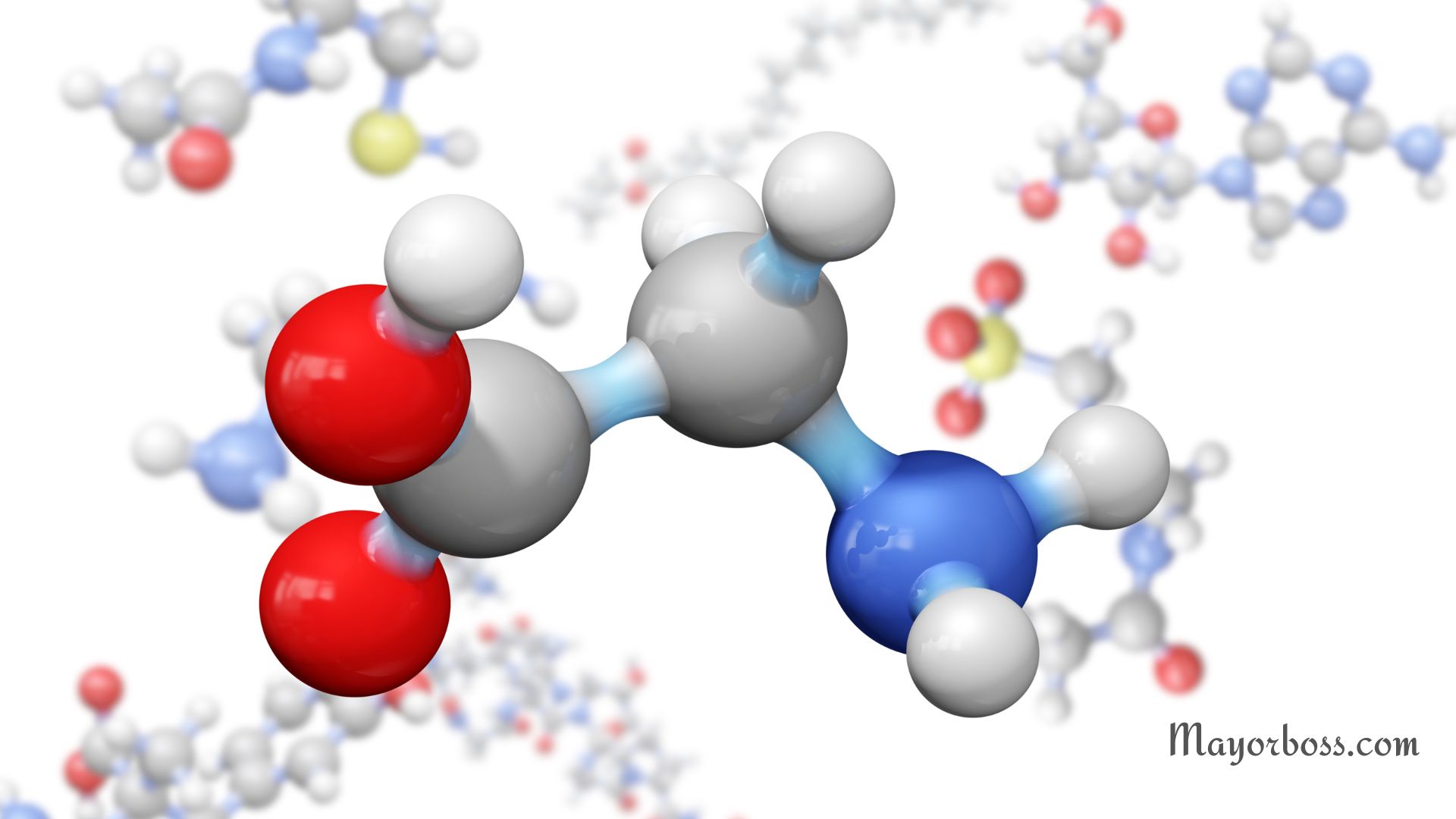4 Warning Signs of a Blood Clot In Your Leg
Millions of people around the world experience symptoms related to blood clots every day, but they may not realize it. According to the Centers for Disease Control and Prevention (CDC), around 900,000 people in the United States alone are affected by blood clots each year. Blood clots can be serious, especially if they form in your leg and go unnoticed. In particular, blood clots in the leg, also known as deep vein thrombosis (DVT), can break loose and travel to your lungs, resulting in a potentially life-threatening condition called pulmonary embolism.
Thus, you need to know the warning signs of a blood clot in your leg to ensure you get prompt treatment if necessary. Scroll through below to learn more about the warning signs of a blood clot in your leg.

1. Swelling Usually Occurs in One Leg
Typically, one of the most common signs of a blood clot in your leg is swelling. This swelling is generally confined to one leg and might not be symmetrical.
Doctors have noted that the swelling occurs because the blood clot can partially or completely block blood flow, thereby causing fluid to build up in the affected leg. As a result, the leg might appear larger than usual and may even feel tight. So if you notice that one of your legs is more swollen than the other, it’s time to promptly contact your doctor to rule out any potential blood clot issues.
2. Pain or Tenderness Can Be Felt in the Leg
Pain or tenderness in your leg, especially when standing or walking, is another significant sign of a blood clot. The pain may feel like a cramp or charley horse, and it often starts in your calf and can extend to other parts of your leg.
Research shows that discomfort results from pressure caused by blood clots blocking the flow of blood. Even though this pain might be mild, it can intensify over time. Mayo Clinic notes that if the pain becomes more severe or persistent, you should consult your physician immediately.
3. Red or Discolored Skin Can Be a Clear Indicator
If you observe redness or discoloration on the skin of your leg, particularly around the area where you’re experiencing pain, it could indicate a blood clot. This redness is caused by inflammation in the affected area, and in some cases, the skin might even appear bluish or purple.
According to numerous studies, this discoloration happens because the clot disrupts blood flow, resulting in pooling in the veins and causing visible changes to your skin’s appearance. Therefore, any sudden changes in the color of your leg’s skin should not be ignored and warrant an appointment with your doctor.
4. The Leg Feels Warmer Than Usual
The last warning sign of a blood clot in your leg is a noticeable increase in warmth. When you touch the affected area, it may feel warmer than the surrounding skin. Sometimes, this warmth can be accompanied by visible redness or swelling.
This warmth is the body’s natural response to the clotting process, as blood flow is blocked, causing inflammation. This symptom is particularly concerning if it’s isolated to one leg and accompanied by other symptoms such as pain or swelling.
What You Should Do If You Notice These Symptoms
If you suspect you have a blood clot in your leg, you must act quickly. Blood clots can travel to other parts of your body, causing serious complications such as a pulmonary embolism, heart attack, or stroke.
Here’s what you need to do:
- See your doctor right away – If you have any of these symptoms, particularly if they occur suddenly, make an appointment with your doctor. They can run tests, such as an ultrasound, to confirm whether you have a blood clot.
- Avoid massaging the leg – Massaging the affected leg can dislodge the clot, making it travel to your lungs or other areas of your body.
- Keep your leg elevated – Raising your leg can help lessen swelling and alleviate discomfort while waiting for medical attention.
The Takeaway
Blood clots in the leg are a serious health concern that shouldn’t be overlooked. Watch out for warning signs like swelling, pain, redness, and warmth, and don’t hesitate to consult a doctor if you notice these symptoms. After all, early detection and treatment can prevent dangerous complications and ensure you remain healthy and safe.






